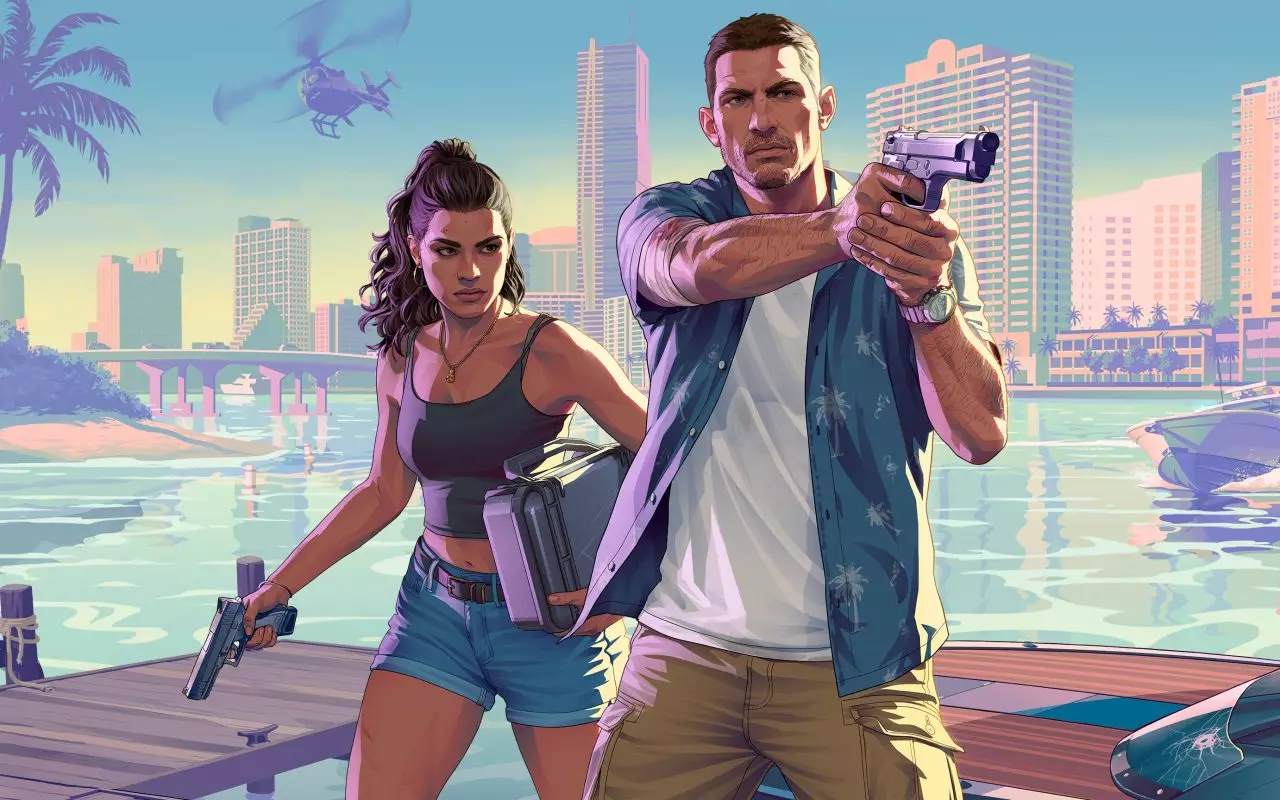Gaming enthusiasts were abuzz this past week following the second official trailer for Grand Theft Auto VI, an event that sent ripples through the gaming community and reignited age-old discussions about game pricing. The industry has seen a drastic evolution in terms of the complexity and richness of game mechanics, raising questions about how much players should reasonably expect to pay for new experiences. Former Rockstar animator Mike York weighed in, defending the upcoming GTA’s price point while juxtaposing it against Nintendo’s Mario Kart World, which is also set to launch at a significant price. The juxtaposition invites a critical analysis of what value truly means in today’s gaming landscape.
Value in Realism: Mike York’s Perspective
Mike York’s assertion that Grand Theft Auto VI’s intricate detail and realism will justify its cost reflects a growing trend in the gaming industry: the understanding that immersive experiences demand premium pricing. York’s confidence stems from the legacy and reputation established by Rockstar’s previous titles, particularly Grand Theft Auto V and Red Dead Redemption 2, both of which delivered unparalleled player experiences. His viewpoint is undeniably persuasive, especially considering how technological advancements have allowed for increasingly complex worlds that react to player choices in more profound ways.
However, invoking comparisons with Mario Kart World raises significant questions about the standard of “value” in gaming. While York suggests that other titles cannot compete with the level of detail seen in GTA VI, is there merit in examining the gameplay experience on its own merits? Is a higher price justified solely based on graphical fidelity and realism, or should gameplay mechanics, replayability, and narrative depth hold equal footing?
The Mario Kart Dilemma: Justifying Price and Value
Nintendo has been no stranger to price criticism. With Mario Kart World set to debut at $80 upon the launch of the Switch 2, the company must convince consumers that the investment is worthwhile. Bill Trinen emphasized the expansive and rich experiences that the latest installment promises to deliver, instilling confidence that many players will find joy in the hidden secrets and vast landscapes the game offers.
However, despite Nintendo’s assurances, past Mario Kart titles—while extraordinarily popular—have often included periodical content updates and potential additional downloadable content (DLC) which could ultimately inflate the total cost of ownership. Is it rational to expect players to pay premium prices for a game that may rely on continuous expansion packs for depth? This certainly challenges the integrity of “value” once articulated.
The Broader Implications of Pricing in the Gaming Market
As the price point of new releases hovers around the $80-90 mark, this brings the comparison of gaming to other entertainment forms into sharper focus. For instance, a movie ticket generally costs between $15-$20 while providing around two hours of entertainment. Comparatively, a $70-$90 game offers potentially hundreds of hours of gameplay. However, this assumption of value becomes murky when considering the actual content delivered versus the consumer’s anticipated return on investment.
The challenge for companies like Rockstar and Nintendo is to align their pricing with public perception. Gaming has traditionally been viewed as a medium providing immense enjoyment relative to cost, but as prices rise, consumers grow more discerning. Gamers are demanding not just impressive graphics but also deep, engaging stories and diverse gameplay mechanics that offer something substantial beyond the initial hours of play.
Consumer Sentiment: Balancing Expectations
The crux of the pricing debate lies within consumer sentiment and expectations. How much are players willing to pay for a product that may or may not meet the extravagant promises made by developers? The anticipation surrounding Grand Theft Auto VI has been unprecedented, yet skepticism remains regarding the actual content versus the overinflated price. Bargaining with the dilemma of realism versus enjoyment is emblematic of a broader trend in consumer skepticism—a reflexive consideration of whether a game’s execution matches its high-end branding prices.
Navigating the evolving landscape of gaming requires a delicate balance of presenting substantive value while understanding shifting consumer perspectives regarding pricing. As companies like Rockstar and Nintendo push the envelope, players will undoubtedly demand more than just visual splendor; they will want proof that their investments translate into captivating entertainment experiences.

